PrEP
Latest News
Latest Videos
Podcasts
CME Content
More News

Pharmacists can bridge gaps through education, inclusive care, and streamlined access.

Cabotegravir long-acting when used for HIV pre-exposure prophylaxis (PrEP) showed adherence, effectiveness, and improvements in quality of life by those who received the injection.

The study findings signal the need for improved equality in PrEP prescribing across various institutions and settings.

These results build off the PURPOSE 1 trial, contributing to the wealth of evidence surrounding lenacapavir’s positive effects in patients with HIV.

An extension of a long-acting cabotegravir study shows safety prior to and during pregnancy in cisgender women, with full results being presented at the 2024 International AIDS Conference.

Adherence and efficacy were both higher in patients with HIV who took twice-yearly lenacapavir compared to those on oral preexposure prophylaxis medication.

The shift is intended to maintain uninterrupted access to PrEP, crucial for preventing HIV, and highlights the ongoing efforts to end the HIV epidemic by improving public health outcomes.

Variations and conditions included in existing state bills, however, limit the effectiveness of this approach.

The study, which consists of 3 trials, will continue with oral PrEP regimens; however, the vaccination trials have stopped due to the unlikely chance of the vaccine showing efficacy.

Both individual and structural barriers were the most common hindrances to PrEP roll-out, and the investigators emphasize that efforts to remove the obstacles as well as further research can help improve PrEP implementation.

The study authors note that increasing education, implementing online services, and removing stigma can help improve the uptake of PrEP in this population.

The study authors note that additional policies to reduce structural stigma against sexual minorities could continue to improve the rate of individuals who initiate PrEP use.

In addition to growing rates of STIs, there is concern for antimicrobial resistance to STIs.

Although social determinants of health (SDOH) have been a major barrier to access of preexposure prophylaxis for those who are at risk of HIV, commercial determinants of health pose a similar barrier.

The study authors reported that plans in the South had the highest rates of exclusive PAs for either emtricitabine/tenofovir disoproxil fumarate or emtricitabine/tenofovir alafenamide even if the plan covered both, from 2018 to 2020.

Study investigators found that health care professionals who were assigned male at birth and practiced in the Western region of the United States were more likely to prescribe PrEP to this high-risk population.

Although the initiation was high, only 33% of adolescent girls and young women continued PrEP use through the 6-month follow-up.

Patients with HIV who were resistant to treatment with lenacapavir (Sunlenca; Gilead Sciences Inc) were found to have inadequate adherence to optimized background regimen or did not have a fully active antiretroviral.

Women with HIV reported higher rates of physical abuse than men with HIV, but women had more social support from family and friends.

Although increased knowledge and understanding could increase uptake and acceptability of pre-exposure prophylaxis for HIV, action is needed to remove barriers and improve accessibility.

Pre-exposure prophylaxis found to provide peace of mind for patients at risk of HIV, and coupled with frequent HIV testing in the health care setting, lowers the perceived risk of contracting the disease.

Primary care physicians, particularly in family medicine, offer PrEP at a significantly low rate, despite US Preventive Services Task Force recommendations.

Individuals taking HIV prevention prefer the PrEP oral daily dose compared to new treatment methods.

If taking tenofovir alafenamide fumarate, a close monitoring of blood pressure and lipid levels are essential due to greater risk of hypertension.

Investigators of the GLAAD and Gilead COMPASS Initiative survey tracked the progress against HIV stigma, the transmission and prevention of HIV, and the attitudes and knowledge of those living with HIV in the United States.


































































































































































































































